Getting to the root of pine decline
Based at Auburn University in Alabama, USA, Dr Lori Eckhardt is an entomologist and forest pathologist. This means she studies insects (entomology) and diseases affecting a forest ecosystem (forest pathology). She is looking into the reasons behind pine decline, which has become a major issue for southeastern US in the last 20 years. Focusing particularly on the bark beetle and ophiostomatoid (ō’fi’os-tōmä’toi’d) fungi, Lori’s aim is to find new ways to manage and prevent this root disease.
WHAT IS PINE DECLINE?
Pine decline is a complex disease. This means that the infection is a result of many interacting factors such as insects, fungi, soil type and climate. Trees suffering from pine decline show signs of bark beetles and ophiostomatoid fungi in their deteriorating roots.
IS PINE DECLINE CAUSING TREES TO DIE IN LARGE NUMBERS IN SOUTHEASTERN US?
It’s not known whether pine decline is the main factor responsible for the death of pine trees because there are so many stressors involved, including pollution, changes in weather patterns and temperature, urbanisation, insect pests, fungal pests and others. One stressor, for example, is the introduction of non-native pests. Insects like gypsy moth or emeraldborer weren’t originally from the US, but they were unintentionally transported to the country through human travel and international trade. These insects have managed to adapt to their new environment and cause devastation to trees and plants that haven’t had the time to evolve and develop full resistance to them. “Non-native insects can wipe out entire species of trees and plants, altering ecosystems and affecting wildlife,” says Lori.
WHAT DO WE KNOW ABOUT BARK BEETLES
Although often described as ‘pests’, root-feeding bark beetles can provide great benefits such as nutrient cycling to forests. Similar to a water cycle, the nutrient cycle is the movement of nutrients such as calcium, potassium and magnesium within an ecosystem. The problem is, root-feeding bark beetles can become aggressive in large numbers and, as their name suggests, will attack the bark, roots and lower trunk of trees.
Due to acid rain, industrialisation, toxic gases from vehicles and all the factors mentioned above, pine trees are under a great deal of stress, and are therefore more susceptible to bark beetle invasion. Not only that, but the beetles’ symbiotic relationship with ophiostomatoid fungi or ‘blue stain fungi’ can wreak havoc on stressed pine trees. The fungi are known as blue stain fungi because they leave blue stains in the wood, making it less viable for the wood industry.
WHAT IS THE BEETLE’S RELATIONSHIP WITH OPHIOSTOMATOID FUNGI?
Bark beetles pick up fungal spores while building homes and hunting for food. The spores attach to the beetle’s body, penetrate its exoskeleton (outer covering) and then grow inside them. This may not sound great, but because their relationship is symbiotic – when two organisms have evolved to live closely together – there are usually benefits. Not only does the fungi offer bark beetles another source of food, they also appear to alter the nutrient content of tree tissue, making it tastier for the beetles!
SO, WHY IS THIS SYMBIOTIC RELATIONSHIP WREAKING HAVOC?
The fungi are essentially getting a “free ride”, says Lori. “When beetles tunnel into tree tissues, the fungi gain a foothold as well, lowering moisture content of the tree and dividing up the tree’s defensive resources as it fights against two invaders instead of one.” The fungi stop the trees from being able to pull up water from their roots to their leaves by obstructing the xylem (zi’ləm), vessels that carry water and minerals.
WHAT DOES LORI’S RESEARCH SHOW?
There are over 100 different types of pine and quite a few types of ophiostomatoid fungi, too. Lori’s research – and the work of other forestry pathologists and entomologists like her – is incredibly important in understanding how species interact with each other in an ecosystem, and which plants and insects are more vulnerable to threat. For example, Lori has found that, in high doses, one type of ophiostomatoid fungi, Leptographium terebrantis, can cause trees to die outright. Other species of ophiostomatoid fungi, particularly those that are native to the southeastern US, aren’t as destructive.
Lori has been using innovative microscopic imaging technology (hyperspectral interferometry) to look for fungal spores on the bodies of bark beetles. What’s exciting is that this method has the potential to enable scientists to identify the species of fungi, particularly in areas where a significant number of trees are experiencing pine decline. If the people in charge of managing pine forests and plantations have this information, they can make quick and cost-effective decisions on how to deal with these insect and fungal pests.
Reference
https://doi.org/10.33424/FUTURUM10
Based at Auburn University in Alabama, USA, Dr Lori Eckhardt is an entomologist and forest pathologist. This means she studies insects (entomology) and diseases affecting a forest ecosystem (forest pathology). She is looking into the reasons behind pine decline, which has become a major issue for southeastern US in the last 20 years. Focusing particularly on the bark beetle and ophiostomatoid (ō’fi’os-tōmä’toi’d) fungi, Lori’s aim is to find new ways to manage and prevent this root disease.
WHAT IS PINE DECLINE?
Pine decline is a complex disease. This means that the infection is a result of many interacting factors such as insects, fungi, soil type and climate. Trees suffering from pine decline show signs of bark beetles and ophiostomatoid fungi in their deteriorating roots.
IS PINE DECLINE CAUSING TREES TO DIE IN LARGE NUMBERS IN SOUTHEASTERN US?
It’s not known whether pine decline is the main factor responsible for the death of pine trees because there are so many stressors involved, including pollution, changes in weather patterns and temperature, urbanisation, insect pests, fungal pests and others. One stressor, for example, is the introduction of non-native pests. Insects like gypsy moth or emeraldborer weren’t originally from the US, but they were unintentionally transported to the country through human travel and international trade. These insects have managed to adapt to their new environment and cause devastation to trees and plants that haven’t had the time to evolve and develop full resistance to them. “Non-native insects can wipe out entire species of trees and plants, altering ecosystems and affecting wildlife,” says Lori.
WHAT DO WE KNOW ABOUT BARK BEETLES
Although often described as ‘pests’, root-feeding bark beetles can provide great benefits such as nutrient cycling to forests. Similar to a water cycle, the nutrient cycle is the movement of nutrients such as calcium, potassium and magnesium within an ecosystem. The problem is, root-feeding bark beetles can become aggressive in large numbers and, as their name suggests, will attack the bark, roots and lower trunk of trees.
Due to acid rain, industrialisation, toxic gases from vehicles and all the factors mentioned above, pine trees are under a great deal of stress, and are therefore more susceptible to bark beetle invasion. Not only that, but the beetles’ symbiotic relationship with ophiostomatoid fungi or ‘blue stain fungi’ can wreak havoc on stressed pine trees. The fungi are known as blue stain fungi because they leave blue stains in the wood, making it less viable for the wood industry.
WHAT IS THE BEETLE’S RELATIONSHIP WITH OPHIOSTOMATOID FUNGI?
Bark beetles pick up fungal spores while building homes and hunting for food. The spores attach to the beetle’s body, penetrate its exoskeleton (outer covering) and then grow inside them. This may not sound great, but because their relationship is symbiotic – when two organisms have evolved to live closely together – there are usually benefits. Not only does the fungi offer bark beetles another source of food, they also appear to alter the nutrient content of tree tissue, making it tastier for the beetles!
SO, WHY IS THIS SYMBIOTIC RELATIONSHIP WREAKING HAVOC?
The fungi are essentially getting a “free ride”, says Lori. “When beetles tunnel into tree tissues, the fungi gain a foothold as well, lowering moisture content of the tree and dividing up the tree’s defensive resources as it fights against two invaders instead of one.” The fungi stop the trees from being able to pull up water from their roots to their leaves by obstructing the xylem (zi’ləm), vessels that carry water and minerals.
WHAT DOES LORI’S RESEARCH SHOW?
There are over 100 different types of pine and quite a few types of ophiostomatoid fungi, too. Lori’s research – and the work of other forestry pathologists and entomologists like her – is incredibly important in understanding how species interact with each other in an ecosystem, and which plants and insects are more vulnerable to threat. For example, Lori has found that, in high doses, one type of ophiostomatoid fungi, Leptographium terebrantis, can cause trees to die outright. Other species of ophiostomatoid fungi, particularly those that are native to the southeastern US, aren’t as destructive.
Lori has been using innovative microscopic imaging technology (hyperspectral interferometry) to look for fungal spores on the bodies of bark beetles. What’s exciting is that this method has the potential to enable scientists to identify the species of fungi, particularly in areas where a significant number of trees are experiencing pine decline. If the people in charge of managing pine forests and plantations have this information, they can make quick and cost-effective decisions on how to deal with these insect and fungal pests.
When we look at a rainbow, the colours we see are just a section of the electromagnetic radiation spectrum. There is, in fact, a lot more to this spectrum: infrared, ultraviolet light, X-rays, microwaves (not ovens!) and radiowaves. Hyperspectral imaging allows scientists to look at objects using the vast proportion of the electromagnetic spectrum, beyond what we would normally see with the human eye. Objects (including insects and fungi) leave unique ‘fingerprints’ in the electromagnetic spectrum known as spectral signatures. And it is these signatures that allow scientists to identify the object. For example, geologists use a spectral signature for oil to find new oil fields. Lori has been using this tool to look for ophiostomatoid (ō’fi’os-tō-mä’toi’d) fungi spores on bark beetles, which has exciting prospects for discovering other insects that carry harmful fungi.
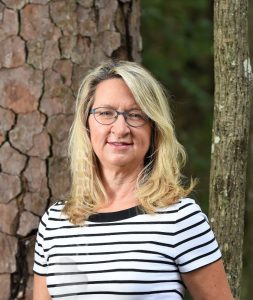 LORI ECKHARDT
LORI ECKHARDTProfessor and Director
Integrated Forest Pathology and Entomology
Forest Health Cooperative, School of Forestry and Wildlife Sciences,
Auburn University, USA
FIELD OF RESEARCH: Forest pathology and entomology
RESEARCH PROJECT: Lori’s work aims to shed light on the way diseases spread in forests. Part of her research involves investigating the relationship between bark beetles and blue stain fungi, and their impact on pine trees in the southeastern US.
FUNDER: The Forest Health Cooperative, McIntire Stennis, National Science Foundation, Unites States Department of Agriculture, United States Forest Service and the School of Forestry and Wildlife Sciences.
 LORI ECKHARDT
LORI ECKHARDTProfessor and Director
Integrated Forest Pathology and Entomology
Forest Health Cooperative, School of Forestry and Wildlife Sciences
Auburn University, USA
FIELD OF RESEARCH: Forest pathology and entomology
RESEARCH PROJECT: Lori’s work aims to shed light on the way diseases spread in forests. Part of her research involves investigating the relationship between bark beetles and blue stain fungi, and their impact on pine trees in the southeastern US.
FUNDER: The Forest Health Cooperative, McIntire Stennis, National Science Foundation, Unites States Department of Agriculture, United States Forest Service and the School of Forestry and Wildlife Sciences.
“Young people should be interested in forestry!” says Lori, who started working in forest research before getting into entomology. “Wood products provide many of our everyday materials, from houses to deodorant, clothing and electronics – and even medicine. Unlike the waning hype of some industries, forestry will always be needed to maintain a thriving society.”
There are so many aspects to forestry (see Opportunities in forestry) and forest pathology, but one example that relates specifically to Lori’s work is understanding what makes trees vulnerable to attack from pests and disease. Imagine knowing which species of pine is hardier than others (longleaf pine has a natural defence against bark beetle attack), or learning how to control or prevent the spread of diseases that affect trees, forests and wildlife.
“Learning how to control the spread or prevent the establishment of certain fungi can save millions of dollars, increase revenue and save lives,” says Lori. “Diseases that cause debilitation and death can be prevented or treated early. Likewise, food production can be increased and kept stable if knowledge of pest fungi can keep food stores from becoming contaminated and destroyed. Food animals can be influenced by fungi that invade feed and release toxic chemicals. Even humans can become sick through the inhalation of spores.” Like Lori, you, too, could advise policymakers and landowners on how to manage and protect one of our most vital resources: forests.
- Study forestry and you could become a forest biologist, professional forester, wood engineer, forestry business administrator, conservationist, renewable resource manager, and much more.
- As an applied science, a forestry education can also open doors to professions in education, business and law.
- Check out Forestry Works for info on careers that are open to you in forestry.
Entomology is the study of insects and their relationship to humans, the environment and other organisms. Lori didn’t set out to become an entomologist but, as she explains, this field is extremely important: “Insects provide the basis for life on earth, influencing plant and animal populations by pollinating crops, spreading seeds, acting as biocontrol of weeds, providing food to wildlife and spreading disease”.
“In addition to this, insects aid in decomposition and nutrient recycling, allowing for nutrients to be available to plants and spreading fungi that aid in this,” she continues. “Many insects, such as butterflies, are inherently beautiful and add to the beauty of life on Earth. Preservation of these are attractive to people wishing to see them for generations to come, and their bodies can provide attractive ornaments for jewellery and clothing.”
“Lastly, insects play a negative role in our food production and medical field as well, devouring crops or invading stores, such as wheat or flour, and spreading diseases that cause mortality. Control of these pests is necessary to feed populations, maintain the food industry and save lives.” Imagine having the knowledge to protect vital pollinating insects like bees – or control pests that destroy food crops. Like Lori, you, too, could use new technologies to study and learn about the roles of insects on our planet.
- According to About Bioscience, around 8,000 people work as professional entomologists in the US, earning between $25,000 to $75,000 per year on average.
- Entomologists may work in research, education or for government agencies.
- Forensic entomology is a new field of study. Entomologists working in this field use their knowledge of insect life cycles and behaviour to help the police solve crimes.
- Agricultural entomology is incredibly important, considering that insect pests can cause up to a 25% loss in crop yields.
YOU HAVE AN ASSOCIATE IN ARTS DEGREE IN MERCHANDISE MARKETING FROM THE FASHION INSTITUTE OF DESIGN AND MERCHANDISING. HOW DID YOU COME TO WORK IN FORESTRY AND ENTOMOLOGY?
I previously worked in retail when I left high school and was also in the Navy Reserves, which is where I met my husband. The Navy moved us around a lot, and so I took the opportunity to go back to school. As we were stationed in Maryland, I decided to enrol at the University of Maryland to study cell molecular biology and genetics. I managed to get a job in a lab and obtained a research fellowship working on tobacco mosaic virus. It was at that moment I fell in love with research. I was contacted by my former advisor about a project that involved working with beetles and blue stain fungi. At the time, I knew nothing about fungi and didn’t really like insects, but the project sounded very interesting, so I decided to take it on. I visited Louisiana State University and my career in forest pathology and entomology began from then onwards.
WHAT DO YOU LOVE MOST ABOUT YOUR JOB?
I love that it involves both working indoors and outdoors. While I love being in the lab, it’s amazing to be out and about in nature, as well as seeing how everything works together in an ecosystem.
IF YOU COULD GO BACK IN TIME, WHAT ADVICE WOULD YOU GIVE YOURSELF WHEN YOU WERE STARTING OUT ON YOUR CAREER PATH?
I often think I would tell myself to start this career much earlier and not work in fashion or the military, but I know I did the right thing. I have travelled all over the world, learned so much about various cultures and have worked with many different people. Those experiences are invaluable, and they’ve helped shape me into the person I am today. You don’t always need to know exactly what you want to do at first. I’m proof that you can succeed in more than one career in your lifetime.
- Be curious! Get out and see nature!
- Read books and learn what you can about forestry, entomology and plant pathology.
- Start an insect/mushroom collection and see how many different varieties you can find.
- Ask questions.
- Find out what kind of plants live in your area and discover a cool fact about these plants.
- Meet and talk to different people to find out how and where to follow your passions.

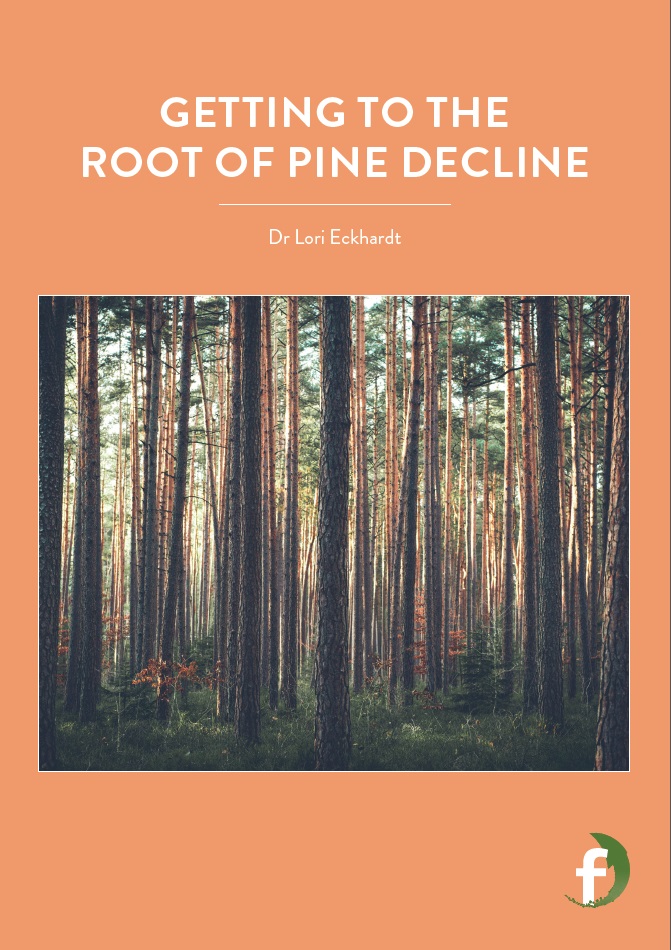



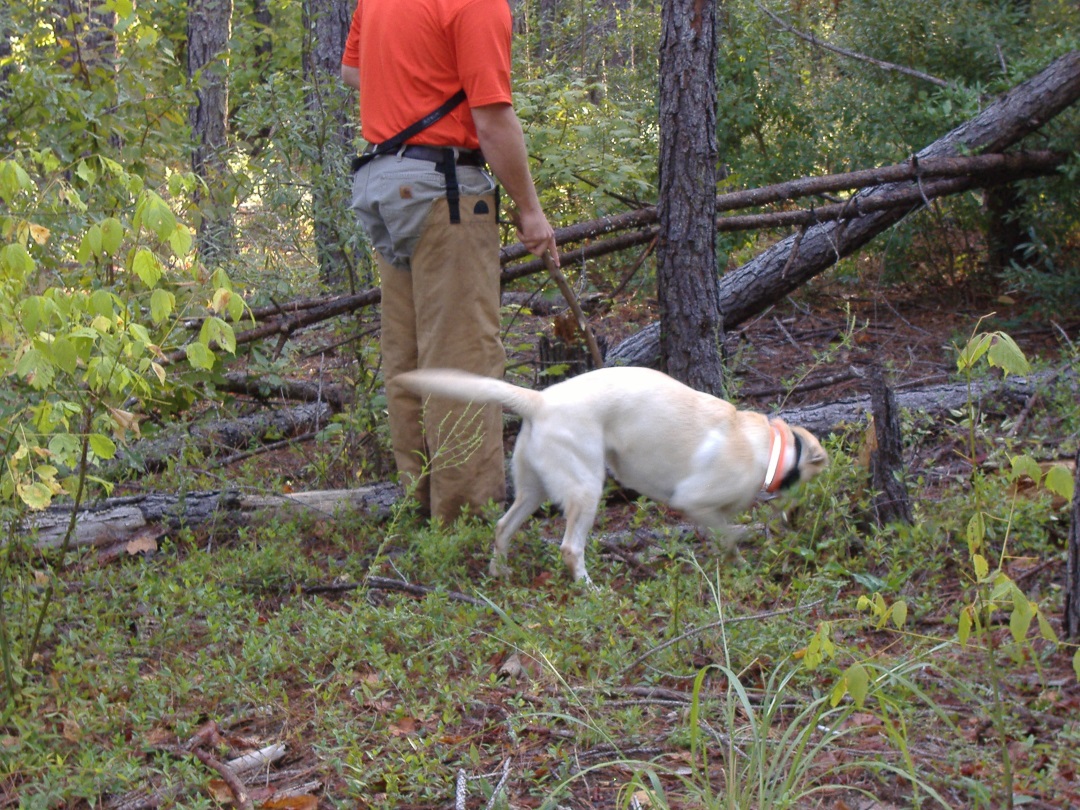
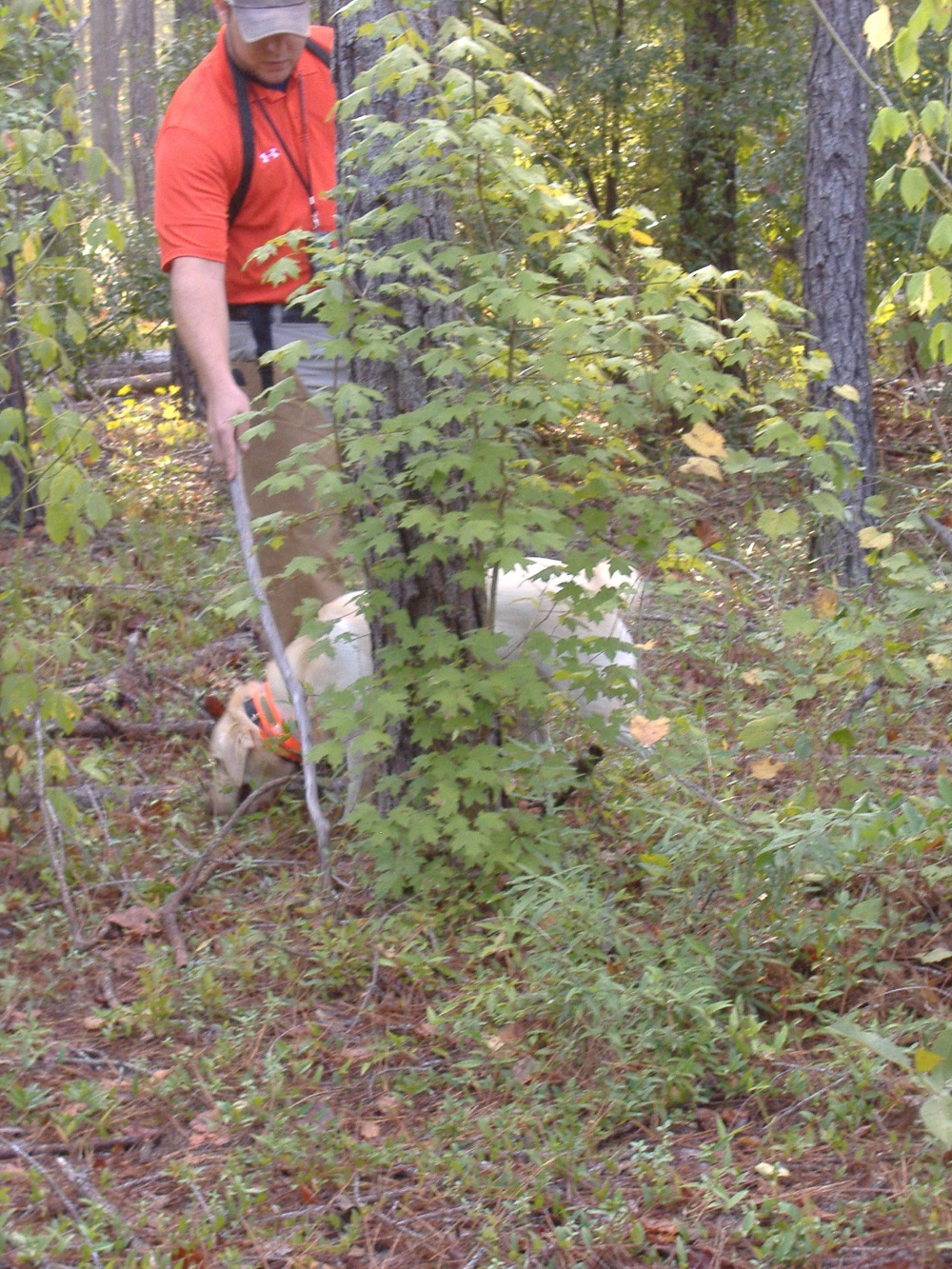
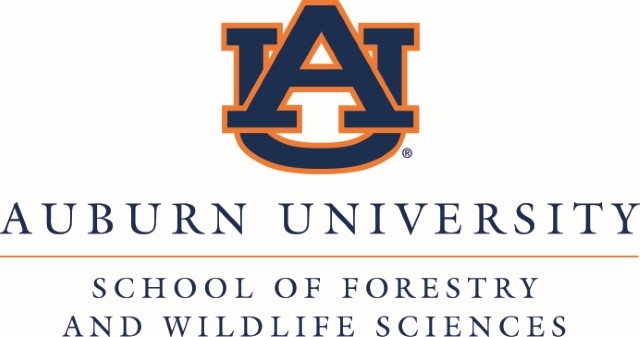
Just wondering if there are many other scientist working in this specific field. For example do you know of any UK based studies?
Hi Lyndsey! Yes, there are both forest entomologists and forest pathologist working in the United Kingdom. While I can’t name anyone right off hand, I could get you some more information if you would like.